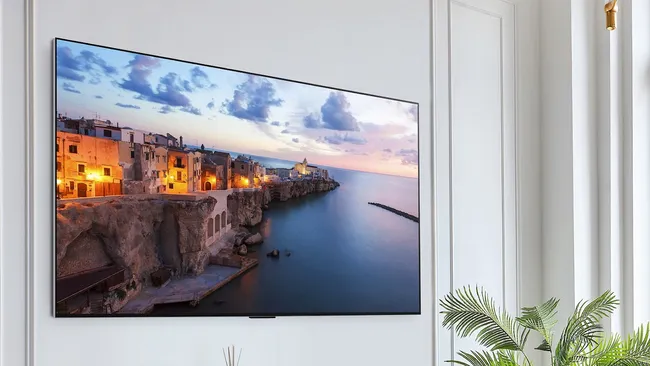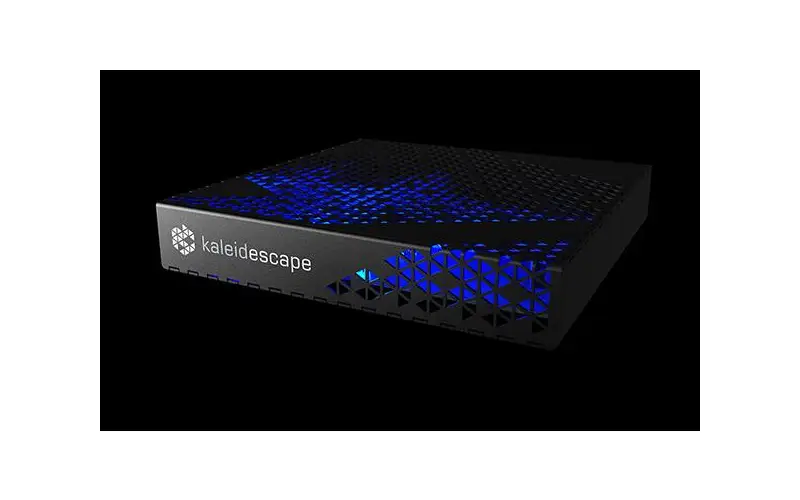By: CE Critic
The evolution of OLED (Organic Light Emitting Diode) technology has been nothing short of remarkable. From enhancing contrast ratios to producing perfect blacks, OLED TVs have continuously pushed the boundaries of visual excellence. However, the technology has traditionally struggled with brightness levels, a limitation that has been addressed with the advent of cutting-edge innovations such as Micro Lens Array (MLA) and Quantum Dot OLED (QD-OLED). This article delves into the intricacies of MLA technology, comparing it to QD-OLED and highlighting five compelling reasons why MLA represents a significant leap forward in the OLED landscape.
What is MLA (Micro Lens Array) Technology?
MLA is an ingenious technology designed to elevate the visual performance of traditional OLED screens. Inspired by the compound eyes of a dragonfly, MLA creates a pattern with thousands of micro-lenses per pixel, totaling billions across the entire screen. These lenses work in harmony with the OLED layer to redirect light that would otherwise be lost due to internal reflections, enhancing brightness and viewing angles without increasing power consumption.
LG, a pioneer in OLED technology, has incorporated MLA into its latest flagship TVs, marketing it under the name "META" along with its proprietary META Booster algorithm. This combination promises exceptional brightness and picture quality.
MLA vs. QD-OLED: A Comparative Analysis
While both MLA and QD-OLED aim to enhance OLED performance, their approaches differ significantly. QD-OLED, developed by Samsung Display, combines Quantum Dot technology with OLED, utilizing a blue OLED light source and red and green quantum dots to achieve a broader color spectrum and improved brightness. This technology is known for its exceptional color accuracy and vibrancy, evident in models like the Sony Bravia XR A95L and Samsung S95C.
In contrast, MLA focuses on maximizing light output by redirecting internally reflected light. This results in significantly brighter images without sacrificing power efficiency. The LG G3, equipped with MLA+, currently boasts the brightest OLED display on the market.
5 Reasons Why MLA is a Game-Changer for OLED Technology:
-
Unprecedented Brightness: MLA technology addresses OLED's traditional weakness in brightness, achieving peak brightness levels that rival and even surpass those of some LED-LCD TVs. This opens up new possibilities for HDR content and viewing in bright environments.
-
Wider Viewing Angles: The micro-lens array ensures that light is distributed more evenly across the screen, resulting in wider viewing angles without significant color or contrast degradation.
-
Enhanced Power Efficiency: Despite the increased brightness, MLA maintains OLED's inherent power efficiency, as it doesn't require additional power to achieve its performance gains.
-
Improved Color Accuracy: While not as renowned for color accuracy as QD-OLED, MLA technology, coupled with LG's META Booster algorithm, enhances color brightness and accuracy, delivering a more immersive viewing experience.
-
Reduced Risk of Burn-In: MLA, along with LG's WOLED (White OLED) technology, is reported to mitigate the risk of burn-in compared to traditional RGB OLED panels, ensuring the longevity of the display.
MLA-Equipped TVs and Model Numbers
Currently, the LG G3, G4 and Panasonic Z95A series are the only commercially available TV lineup that features MLA technology. Specific model numbers include:
- LG OLED evo G3 55 Inch Class (OLED55G3PUA)
- LG OLED evo G3 65 Inch Class (OLED65G3PUA)
- LG OLED evo G3 77 Inch Class (OLED77G3PUA)
- LG OLED evo G4 55 Inch Class (OLED55G4SUB)
- LG OLED evo G4 65 Inch Class (OLED65G4SUB)
- LG OLED evo G4 77 Inch Class (OLED77G4WUA)
- LG OLED evo G4 83 Inch Class (OLED83G4WUA)
- Panasonic Z95A
Conclusion
MLA technology represents a significant advancement in OLED display technology, overcoming the brightness limitations that have historically plagued OLED TVs. While QD-OLED excels in color accuracy and vibrancy, MLA's focus on brightness, power efficiency, and viewing angles makes it a compelling alternative.
The LG G3 series, as the first to incorporate MLA+, showcases the potential of this technology to revolutionize the OLED landscape. As research and development continue, we can anticipate even brighter, more efficient, and visually stunning OLED TVs in the future.
Disclaimer: While MLA technology offers numerous advantages, it is important to note that QD-OLED maintains its edge in color accuracy and may be preferred by those who prioritize color fidelity above all else. Ultimately, the choice between MLA and QD-OLED will depend on individual preferences and viewing priorities.





